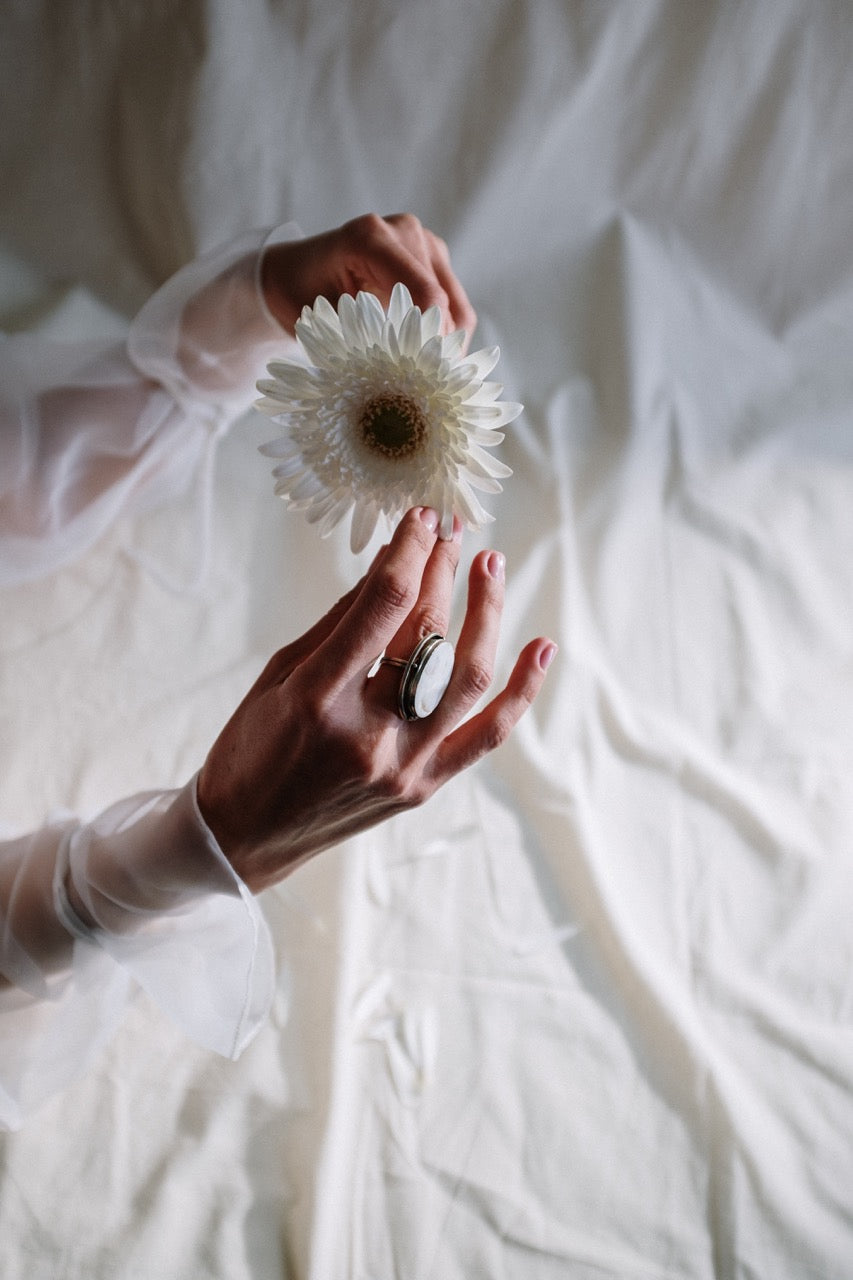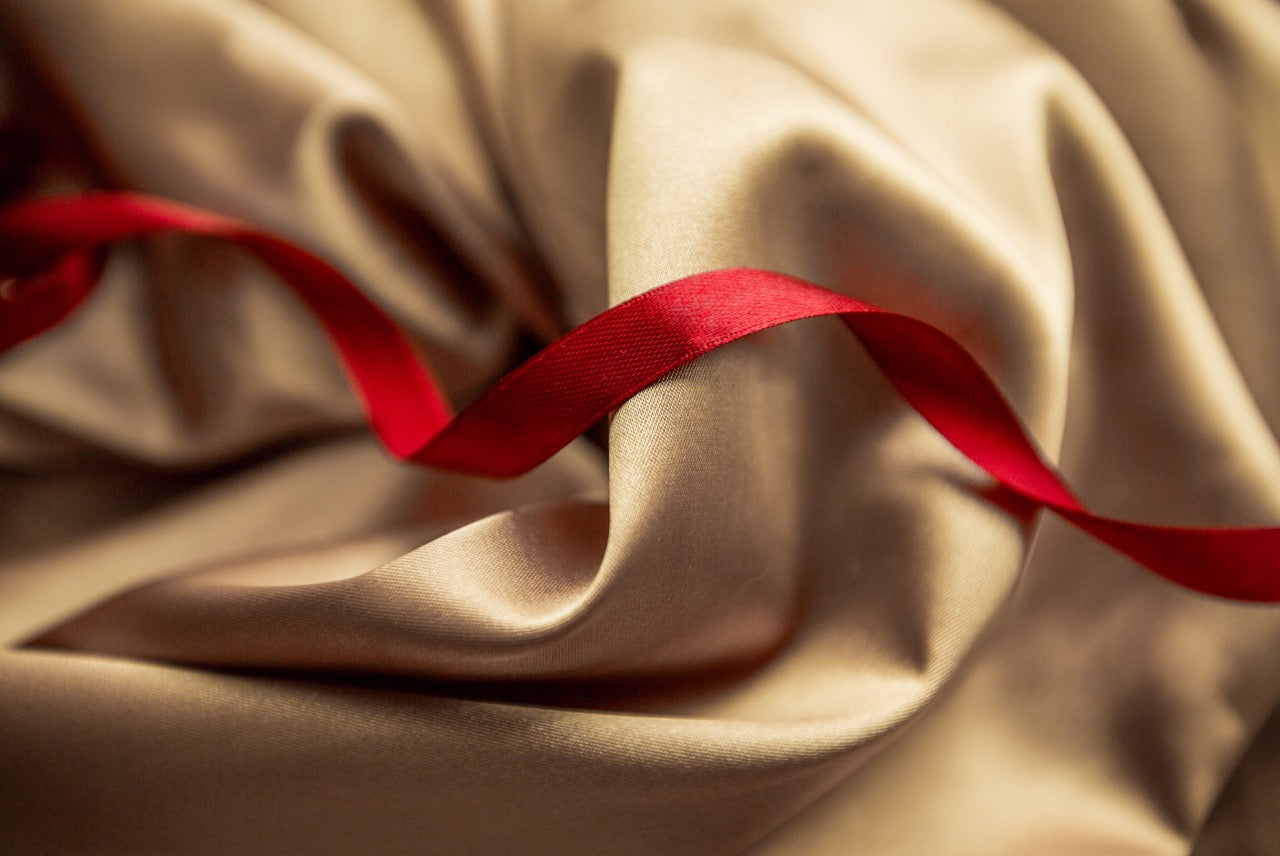Introduction
Silk has long been celebrated for its luxurious feel, natural beauty, and remarkable properties. However, there are many misconceptions surrounding this elegant material. In this blog post, we will debunk six popular myths about silk and reveal the facts that make it a prized fabric for fashion, home décor, and more.
Myth 1: Silk is Difficult to Care For
The Truth: Easy Care with Proper Techniques
While it's true that silk requires special care, it's not as difficult as some might think. To preserve the fabric's quality, follow these guidelines:
- Hand-wash or use a gentle machine cycle with cold water and mild detergent
- Avoid wringing and twisting; instead, gently squeeze out excess water
- Lay flat to dry or hang, avoiding direct sunlight
- Iron on low heat with a pressing cloth if necessary
Myth 2: Silk is Only for Special Occasions
The Truth: Versatile for Everyday Use
Silk is an adaptable fabric that can be used for various purposes, including everyday wear. Its breathability, temperature regulation, and moisture-wicking properties make it suitable for all seasons and occasions. From casual attire to formal wear, silk adds elegance and comfort to any outfit.
Myth 3: Silk is Too Delicate for Regular Use
The Truth: Surprisingly Durable and Resilient
Although silk is known for its delicate appearance, it's a surprisingly strong and resilient fabric. In fact, silk fibers have greater tensile strength than steel of the same diameter. When properly cared for, silk garments and home textiles can last for many years.
Myth 4: All Silk is the Same
The Truth: Various Types and Grades
Silk comes in different types and grades, each with unique characteristics. Some popular types include:
- Mulberry silk: The most luxurious and highest quality, produced by the Bombyx mori silkworm
- Tussah silk: Wild silk with a more textured appearance, made by various silkworm species
- Charmeuse silk: Known for its lustrous sheen and smooth surface
- Dupioni silk: Features a slightly rough texture and natural slubs
Myth 5: Silk Production is Harmful to Silkworms
The Truth: Ethical Silk Alternatives
While traditional silk production does involve boiling silkworm cocoons, there are ethical alternatives available, such as Ahimsa or peace silk. This method allows silkworms to complete their metamorphosis and emerge as moths before the cocoons are harvested for silk production.
Myth 6: Silk is Expensive and Unaffordable
The Truth: A Worthwhile Investment
Although silk products may have a higher initial cost, they are a worthwhile investment due to their durability, comfort, and timeless appeal. When properly cared for, silk items can last for years, providing long-term value and enjoyment.
Conclusion
Now that we have debunked the six common myths about silk, it's clear that this luxurious fabric has much more to offer than just its beauty. With its versatility, durability, and unique properties, silk is an excellent investment for fashion, home décor, and beyond. So, go ahead and indulge in the elegance and comfort that silk brings to your life, and experience the many benefits of this truly remarkable material.
Thank you for reading! If you enjoyed this post, be sure to check out our website at https://www.silksouq.com for more premium quality silk-based products like silk pillowcases, silk scarves, silk eye masks, silk dresses, and more! We offer fast and reliable shipping to customers in the UAE, KSA, and throughout the Middle East. Visit our collections page at https://www.silksouq.com/collections to explore our wide range of silk products and elevate your style today!





Leave a comment
All comments are moderated before being published.
This site is protected by hCaptcha and the hCaptcha Privacy Policy and Terms of Service apply.